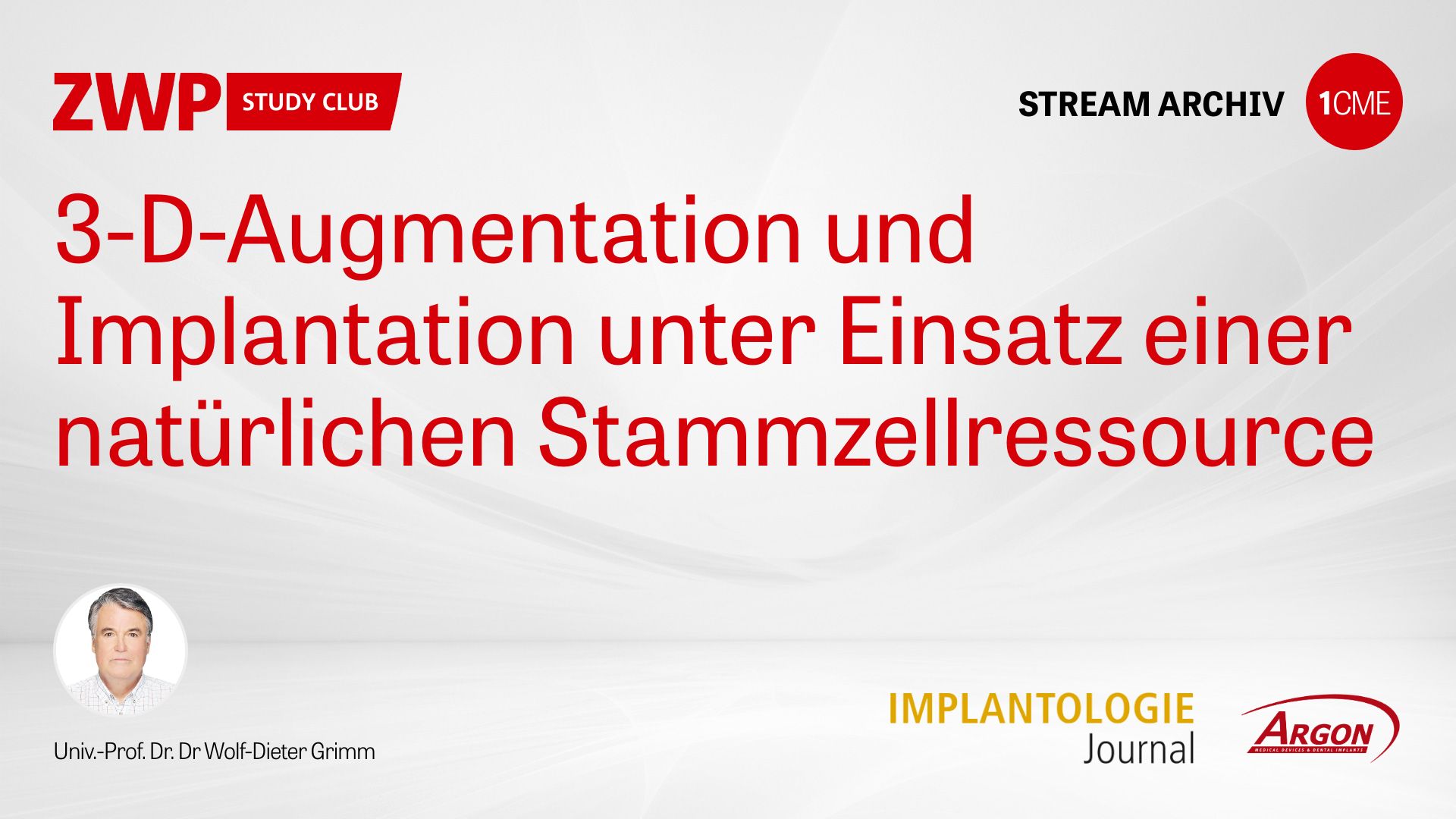BITTE EINLOGGEN ODER REGISTRIEREN
Um sich für ein Webinar anmelden zu können, müssen Sie Mitglied unserer Website sein. Wenn Sie bereits ein Konto haben, loggen Sie sich bitte ein.
Jetzt anmelden Login

Um sich für ein Webinar anmelden zu können, müssen Sie Mitglied unserer Website sein. Wenn Sie bereits ein Konto haben, loggen Sie sich bitte ein.
Jetzt anmelden Login